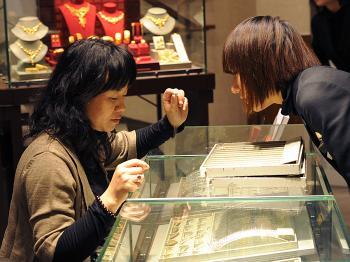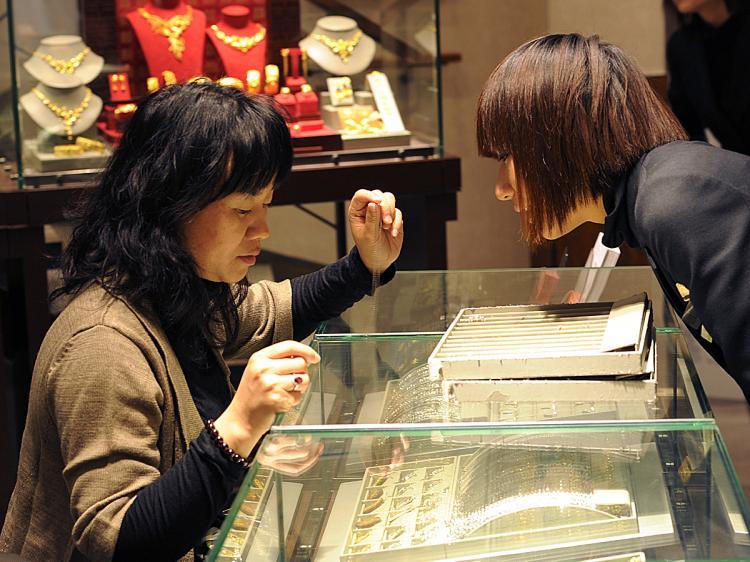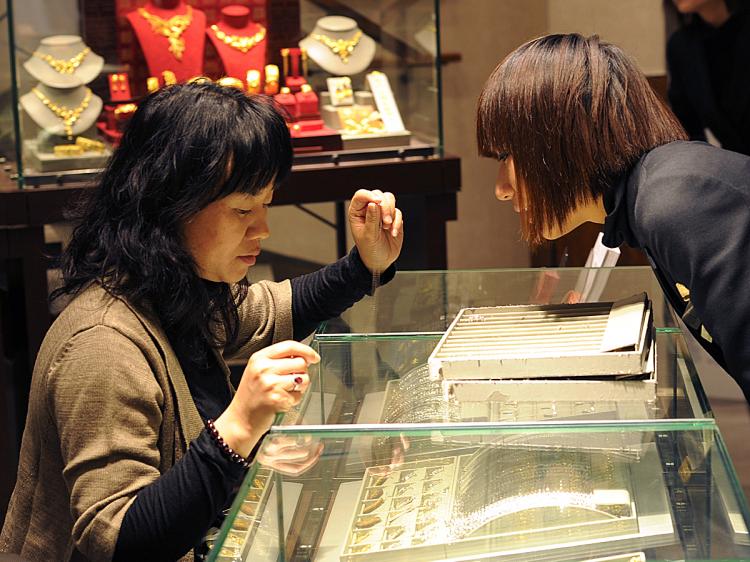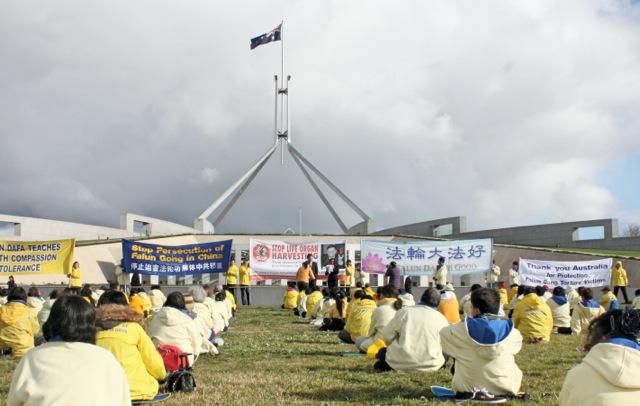Mainland Chinese visitors comprise the main buying force in Hong Kong with an average spending of HK$12,000 per tourist, according to a recent survey released by the international Nielson Company.
The survey results indicated that last year Mainland tourist numbers have risen by 26.3 per cent, compared to 2009 figures. Some 22.7 million visitors—or three times the population of Hong Kong—have come from China, accounting for 60 per cent of all tourists entering the metropolis.
The survey analysed purchasing patterns of visitors in the fourth quarter of 2010. In addition a telephone survey with 1,000 local Hong Kong consumers aged 15–54 was conducted to understand their adaptation to the increasing number of mainland tourists in Hong Kong.
It is not surprising that Mainland tourists have injected millions into Hong Kong’s retail sector, with nearly 60 per cent spent in shops mainly on cosmetics and electronic good, according to the survey. Other top buys were medicine, food, souvenirs and handicrafts.
Mainland tourists to Hong Kong came from all regions across China and represented a fairly homogenous segment, as most were married and skewed to the 25–44 age range, according to the Nielson Company. They are usually educated and are earning an above average income.
“Well-known as the Asian shopping paradise, Hong Kong provides an array of luxurious shops and malls, making Hong Kong one of the leading travel destinations in Asia for mainland tourists. As many as 80 percent of mainland tourists came to Hong Kong to shop for themselves, with clothing and electronic products favourite purchases,” said Troy Yang, Vice President, Consumer Research & BASES, The Nielsen Company Hong Kong.
Most visitors relied on word of mouth and online forums for travel advice, with 48 percent consulting friends and family for travel tips before heading for the city.
“While word-of-mouth is still the most widely accepted mode, there is an increasing engagement with digital platforms, in particular the reliance on discussion boards, forums and blogs for more first-hand experience from the users,” said Yang. Nearly half said they gathered information from online forums and blogs.
With the increasing influx of Mainland tourists the survey suggested that Hong Kong should take advantage of the demand further boost the retail sector.
“Given these competitive advantages of the retail market, Hong Kong serves as a very good platform to test market on new product launches, especially on luxury and high-end brands, before the products are introduced into the China market,” said Yang.
In addition, mainland tourists in general are “very satisfied” with Hong Kong retailers. Retailers should continue to maintain high service standards and their offering of quality products, Nielsen suggested.
“Brands should also identify the key product categories that mainland tourists look for in Hong Kong as well as the places most frequently shopped. These insights will provide retailers and marketers with the information necessary to further expand their reach to capture opportunities among the mainland tourists.”
The survey results indicated that last year Mainland tourist numbers have risen by 26.3 per cent, compared to 2009 figures. Some 22.7 million visitors—or three times the population of Hong Kong—have come from China, accounting for 60 per cent of all tourists entering the metropolis.
The survey analysed purchasing patterns of visitors in the fourth quarter of 2010. In addition a telephone survey with 1,000 local Hong Kong consumers aged 15–54 was conducted to understand their adaptation to the increasing number of mainland tourists in Hong Kong.
It is not surprising that Mainland tourists have injected millions into Hong Kong’s retail sector, with nearly 60 per cent spent in shops mainly on cosmetics and electronic good, according to the survey. Other top buys were medicine, food, souvenirs and handicrafts.
Mainland tourists to Hong Kong came from all regions across China and represented a fairly homogenous segment, as most were married and skewed to the 25–44 age range, according to the Nielson Company. They are usually educated and are earning an above average income.
“Well-known as the Asian shopping paradise, Hong Kong provides an array of luxurious shops and malls, making Hong Kong one of the leading travel destinations in Asia for mainland tourists. As many as 80 percent of mainland tourists came to Hong Kong to shop for themselves, with clothing and electronic products favourite purchases,” said Troy Yang, Vice President, Consumer Research & BASES, The Nielsen Company Hong Kong.
Most visitors relied on word of mouth and online forums for travel advice, with 48 percent consulting friends and family for travel tips before heading for the city.
“While word-of-mouth is still the most widely accepted mode, there is an increasing engagement with digital platforms, in particular the reliance on discussion boards, forums and blogs for more first-hand experience from the users,” said Yang. Nearly half said they gathered information from online forums and blogs.
With the increasing influx of Mainland tourists the survey suggested that Hong Kong should take advantage of the demand further boost the retail sector.
“Given these competitive advantages of the retail market, Hong Kong serves as a very good platform to test market on new product launches, especially on luxury and high-end brands, before the products are introduced into the China market,” said Yang.
In addition, mainland tourists in general are “very satisfied” with Hong Kong retailers. Retailers should continue to maintain high service standards and their offering of quality products, Nielsen suggested.
“Brands should also identify the key product categories that mainland tourists look for in Hong Kong as well as the places most frequently shopped. These insights will provide retailers and marketers with the information necessary to further expand their reach to capture opportunities among the mainland tourists.”





